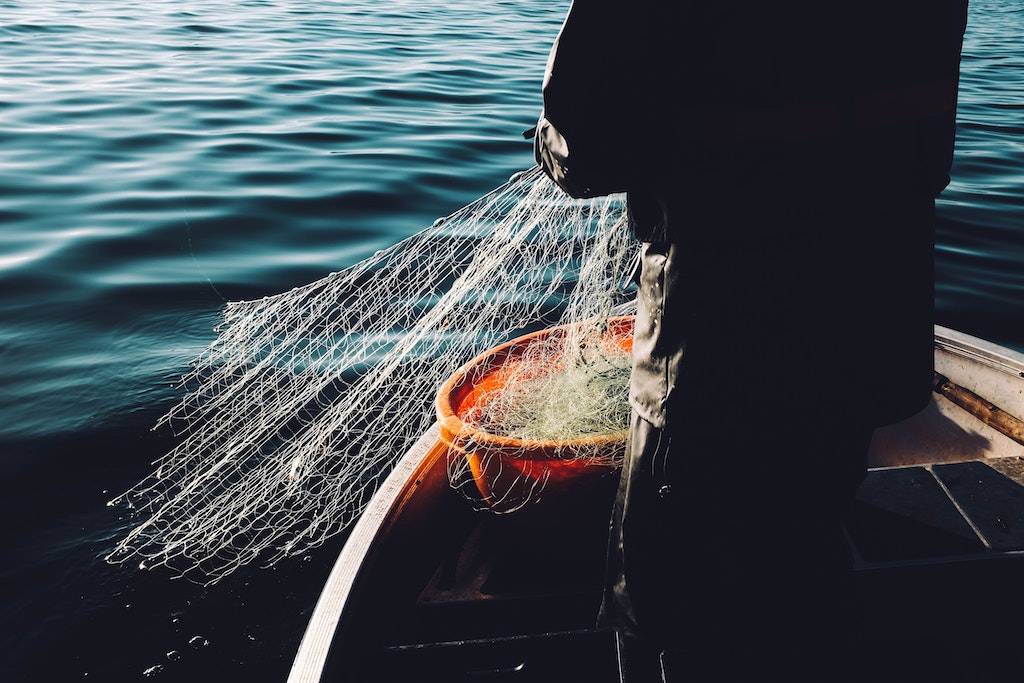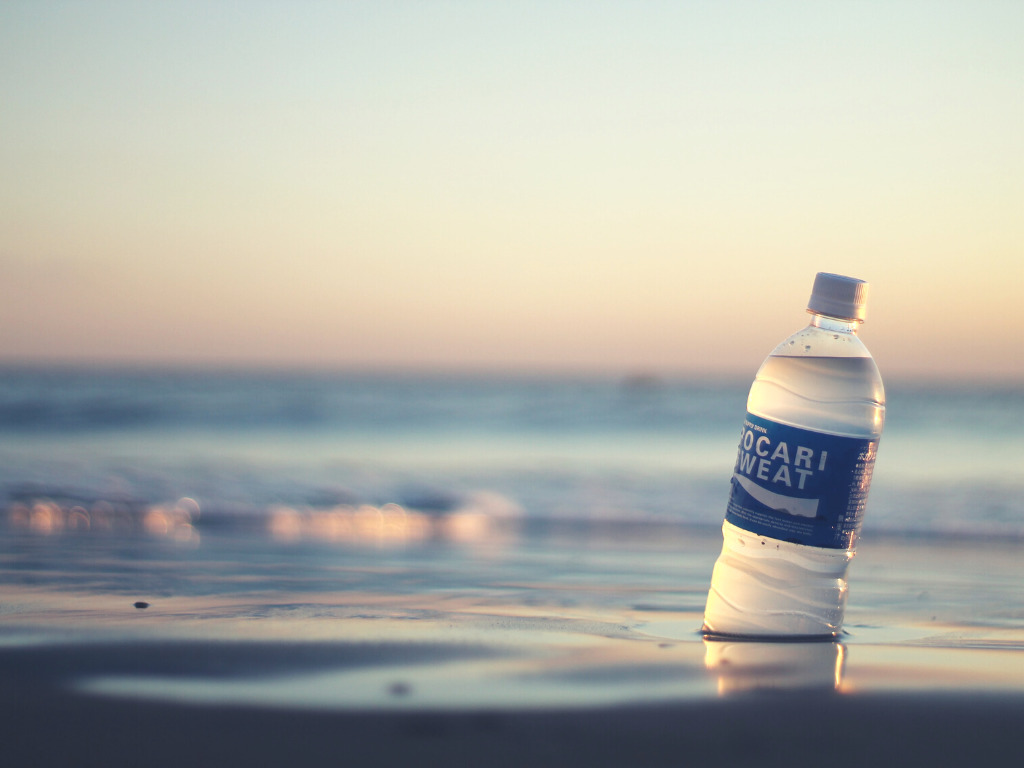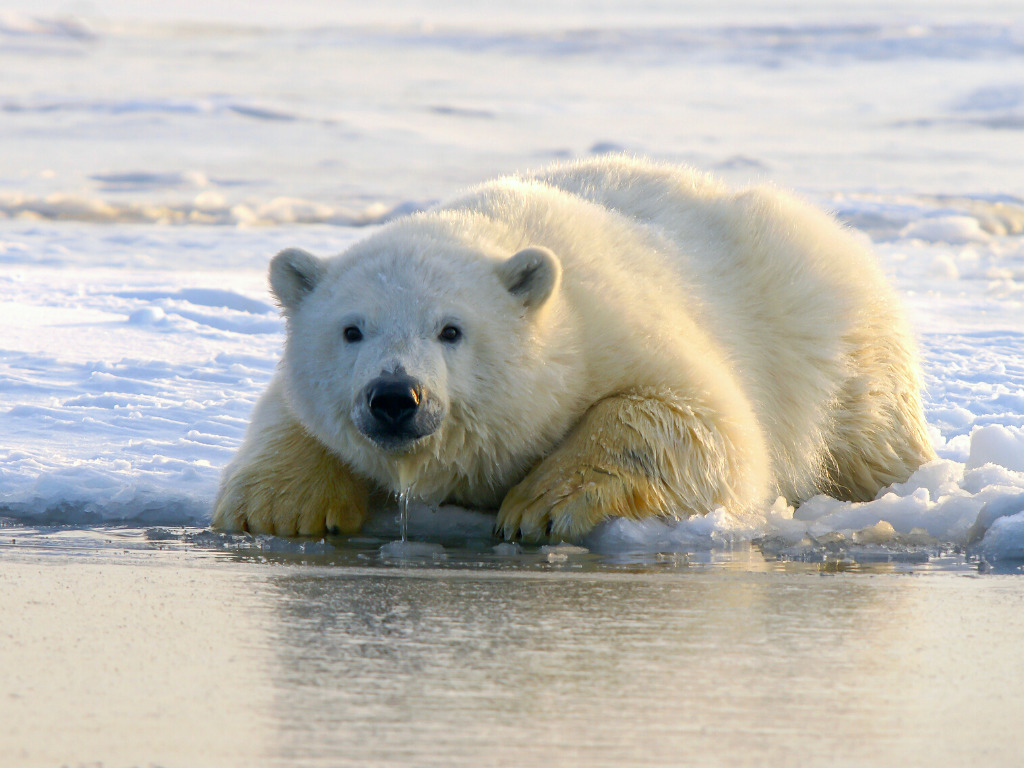A Plastic Garbage Patch Is Likely Forming in the Arctic, Researchers Say
3 Mins Read
Plastic pollution has been found in the Arctic for the first time, and scientists warn it will have devastating impacts on the already fragile polar north.
One of the regions of the world most impacted by human-caused climate change, the Arctic is now awash in microplastic, according to research published last week in the journal Nature Reviews Earth & Environment.
According to the findings, researchers detected microplastics in the water column and on the beaches. They looked at nearly 200 studies on the region and plastic accumulation.
The research
“I was surprised about the levels of microplastic in the deep-sea sediments at our observatory, which were up to 13,000 particles-per-kilogram of sediment and the ingestion rate of microplastics consumed by Arctic zooplankton, at the base of the food web,” Melanie Bergmann, a senior scientist at Alfred Wegener Institute, Helmholtz Centre for Polar and Marine Research, who led the study, told Vice.
“I have studied plastic pollution in the Arctic for 10 years,” Bergmann said. “It started with my discovery of a strong increase in marine debris on the deep seafloor of our HAUSGARTEN observatory between 2002 and 2011. This spurred more research on plastic pollution in this region, especially in recent years. So, it was time to bring it all together and synthesize our current knowledge.”

Research models have predicted that the Arctic could become an area of plastic accumulation. There are currently five major accumulation locations in the world’s oceans, often called garbage patches. The largest is the Great Pacific Garbage Patch, located halfway between Hawaii and California. It’s estimated to be twice the size of the state of Texas.
There is so much pollution in the Arctic, one of the most remote locations in the world, that Bergmann says a garbage patch may already exist; “it may even be that we’re seeing an accumulation area,” she says.
Arctic wildlife is already experiencing the impact of climate change. Melting sea ice has led to drastic drops in polar bear numbers; the population is expected to decline by more than 30 percent by 2050. There are approximately 30,000 polar bears today.
“We saw that we reached a critical level,” says Bergmann, “and the main take-home message is really that plastic pollution is very present in all spheres of the Arctic—no nice, white wilderness anymore.”
Plastic in the Arctic
Plastic accumulates in the Arctic both locally, where fishing nets and wastewater containing microplastics can pollute the region.
But it is also seeing plastic from places much farther away, carried by ocean currents and something called “atmospheric transport” where wind and sea spray can deliver the pollution. The researchers say plastic from the U.S., Brazil, Argentina, and Spain were identified in the Arctic as was debris from closer locations including Russia and Norway.
“In a way, the Arctic is kind of the perfect sink,” Bergmann says, “because you get pollutants through the water and through the air from a lot of different directions.”

Microplastics are particularly dangerous for marine animals that can ingest the plastic, which can be deadly. This has devastating effects on the food supply, with plastic poisoning animals and affecting biological functions including metabolic and reproductive systems. Just last month, new research found microplastic in human blood for the first time.
“Regardless of its remoteness, plastic pollution has infiltrated the Arctic from the atmosphere to the deep ocean floor, with pollution levels sufficiently high for some regions to be considered accumulation areas,” the researchers said. “We have barely scratched the surface when it comes to impacts on Arctic life, including human communities in the Arctic, requiring further and urgent research.”



